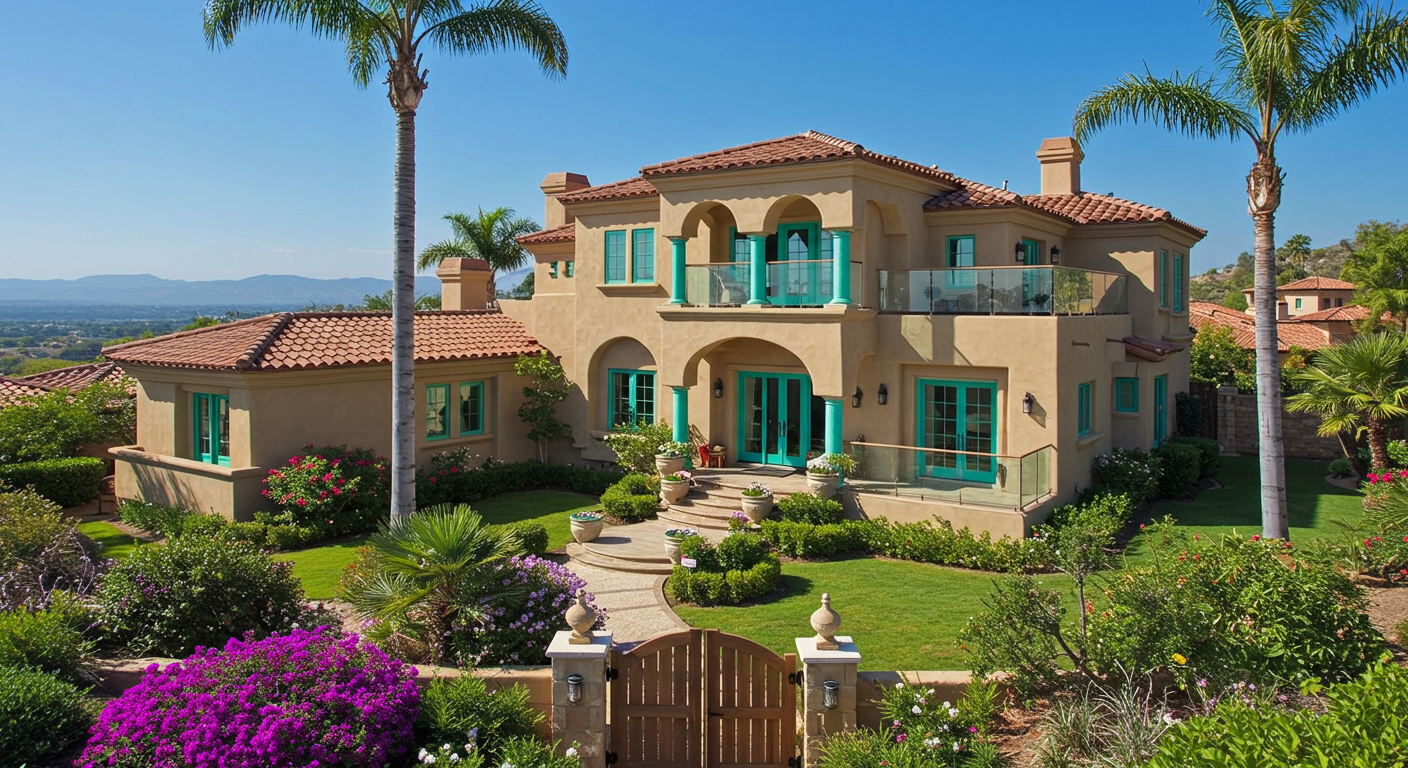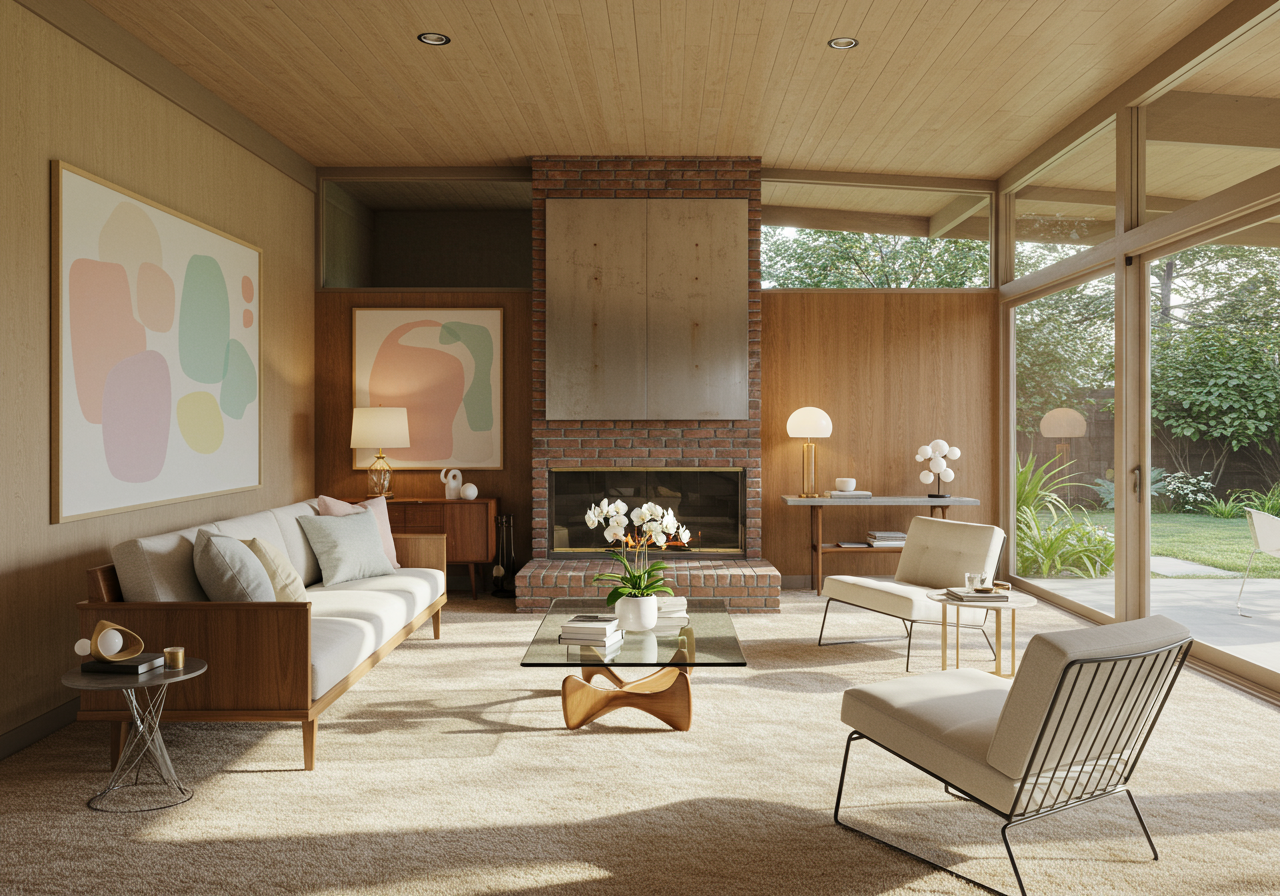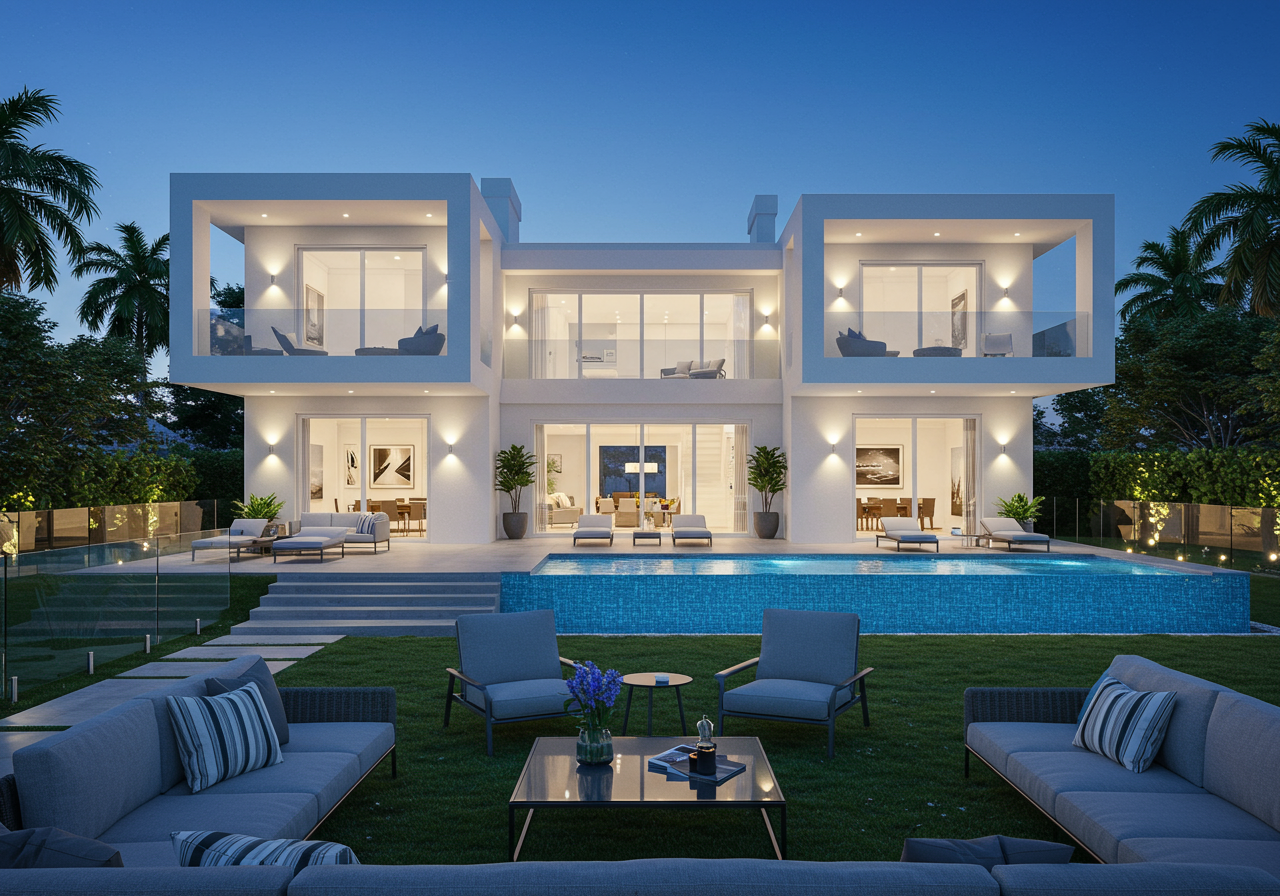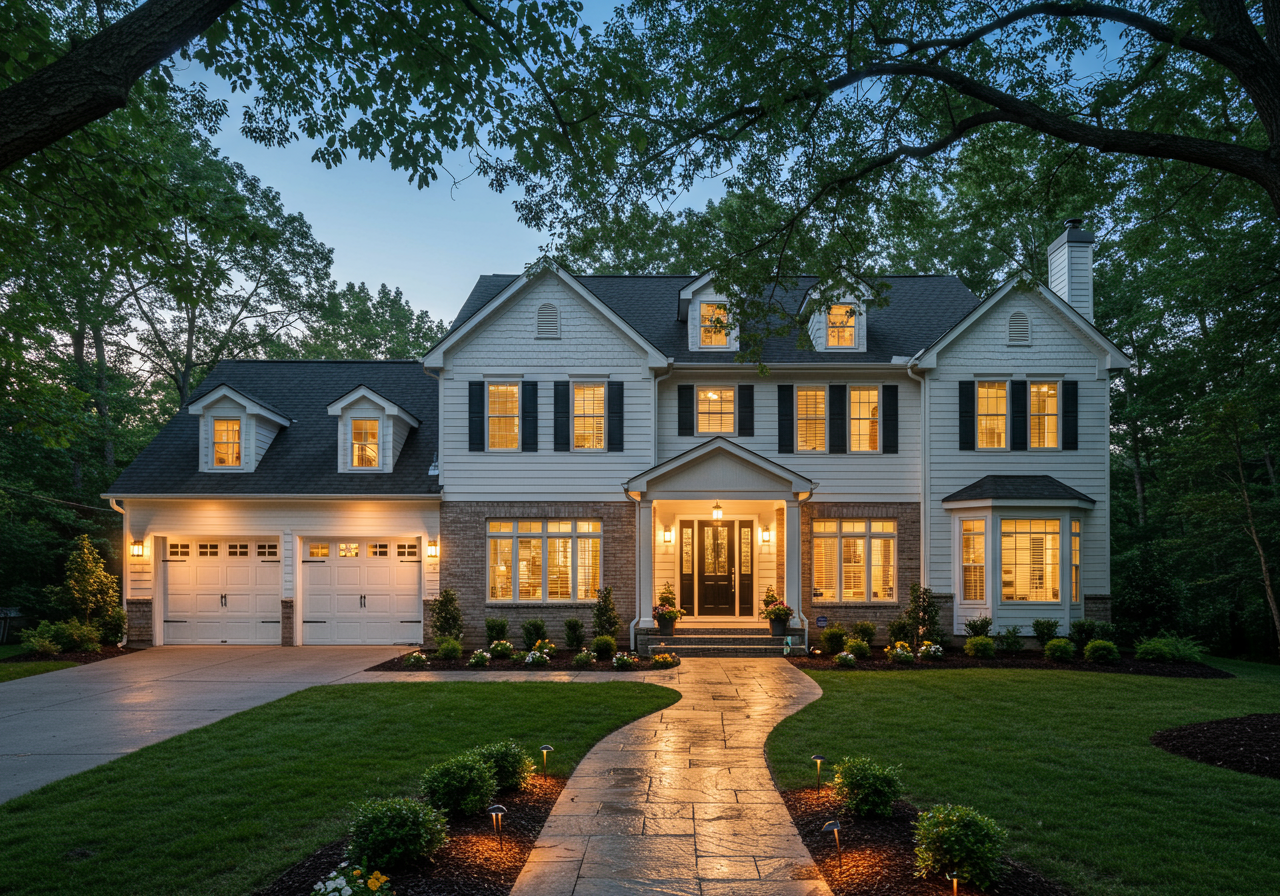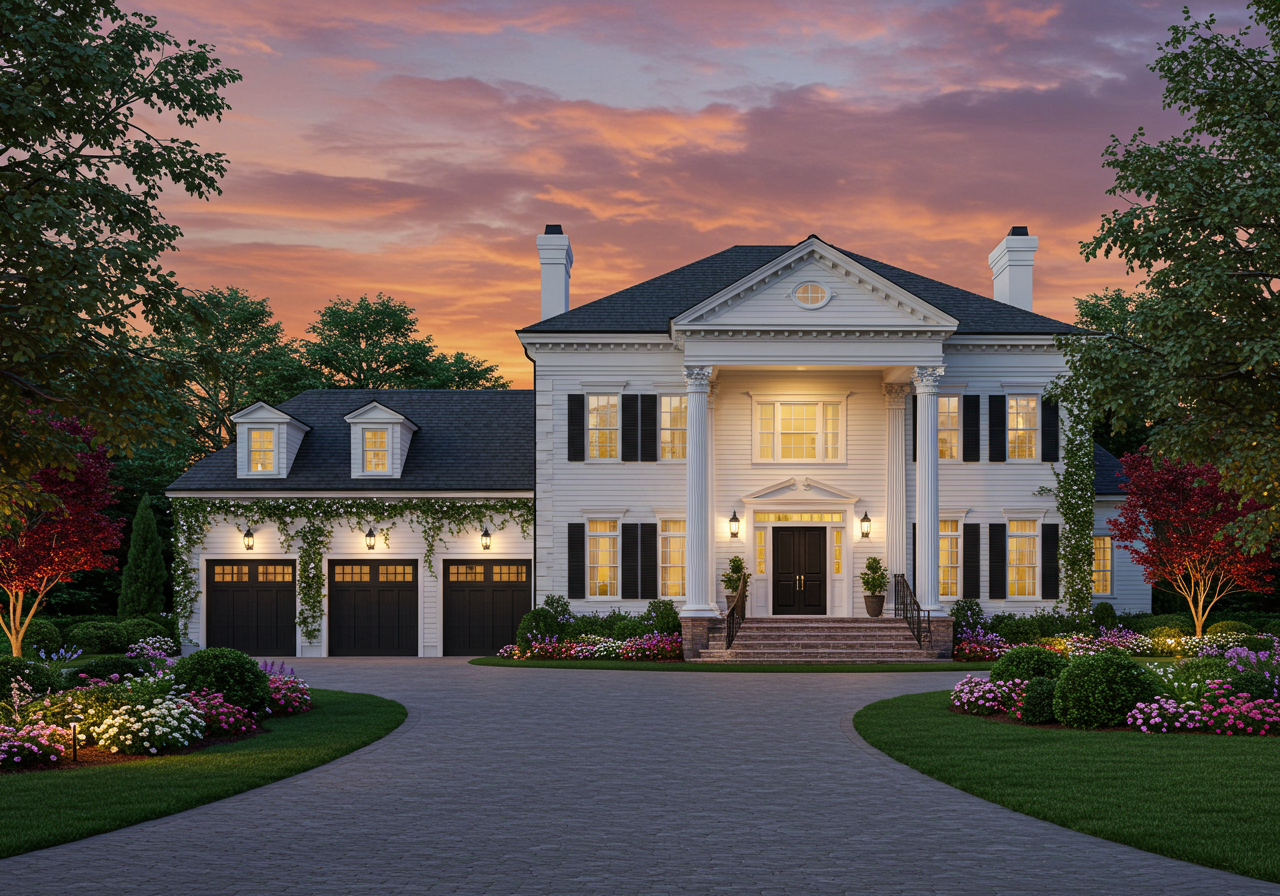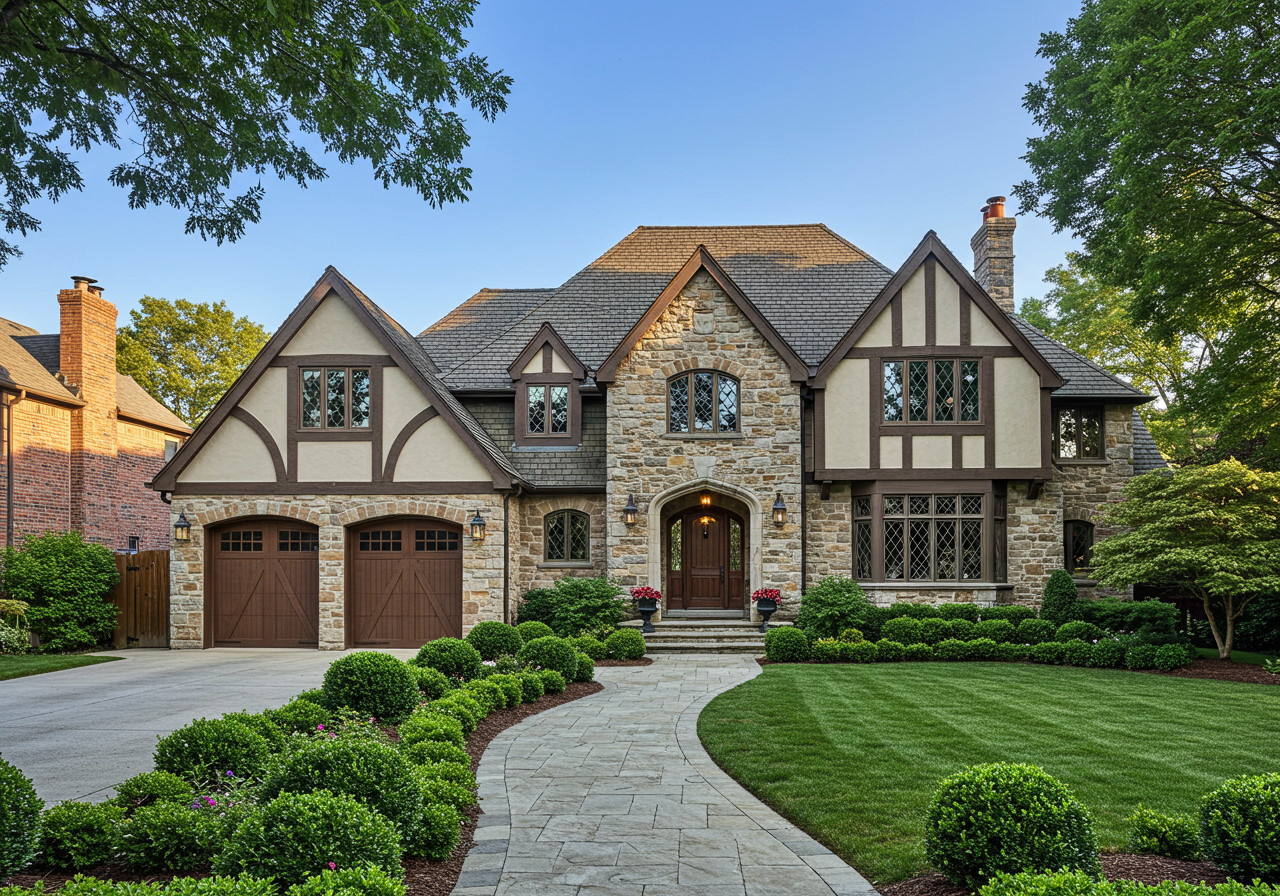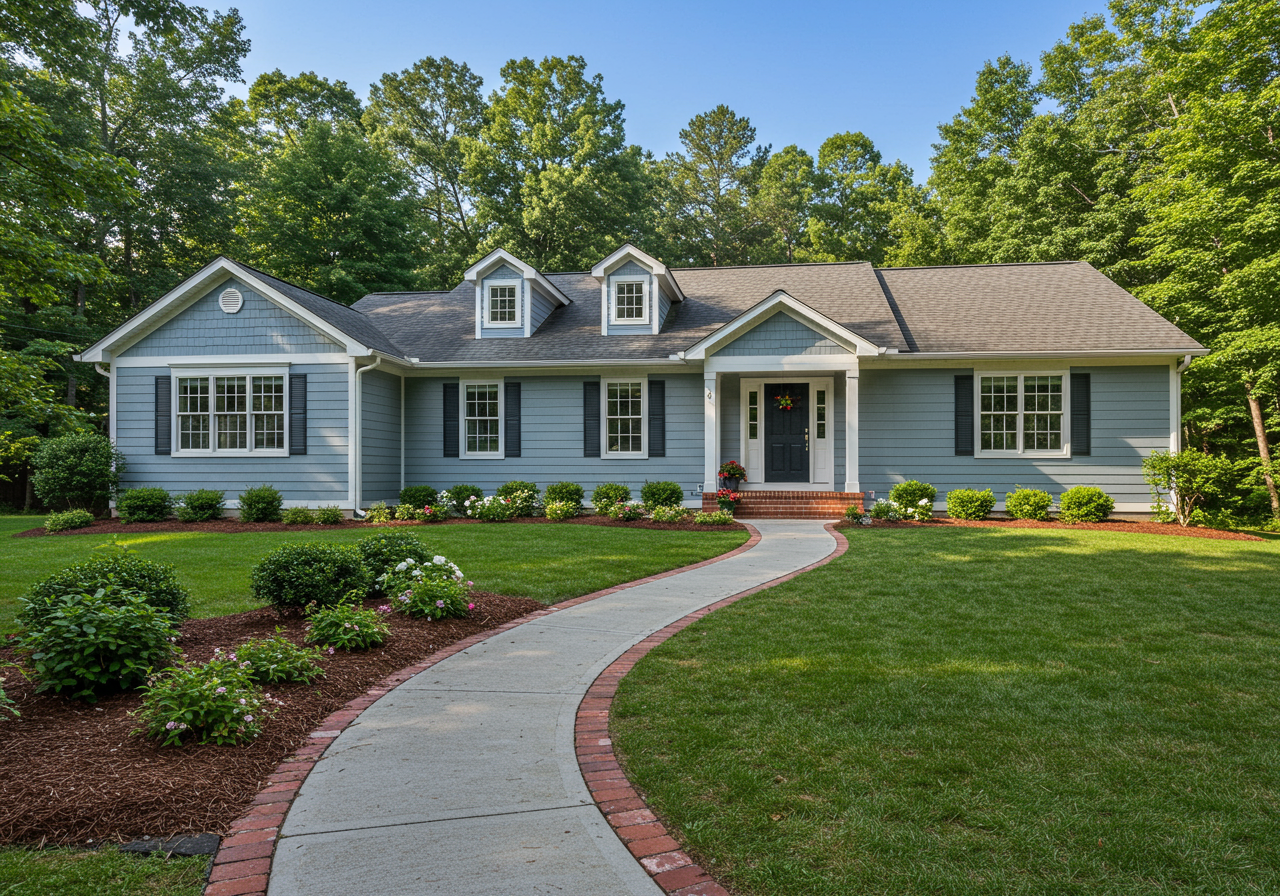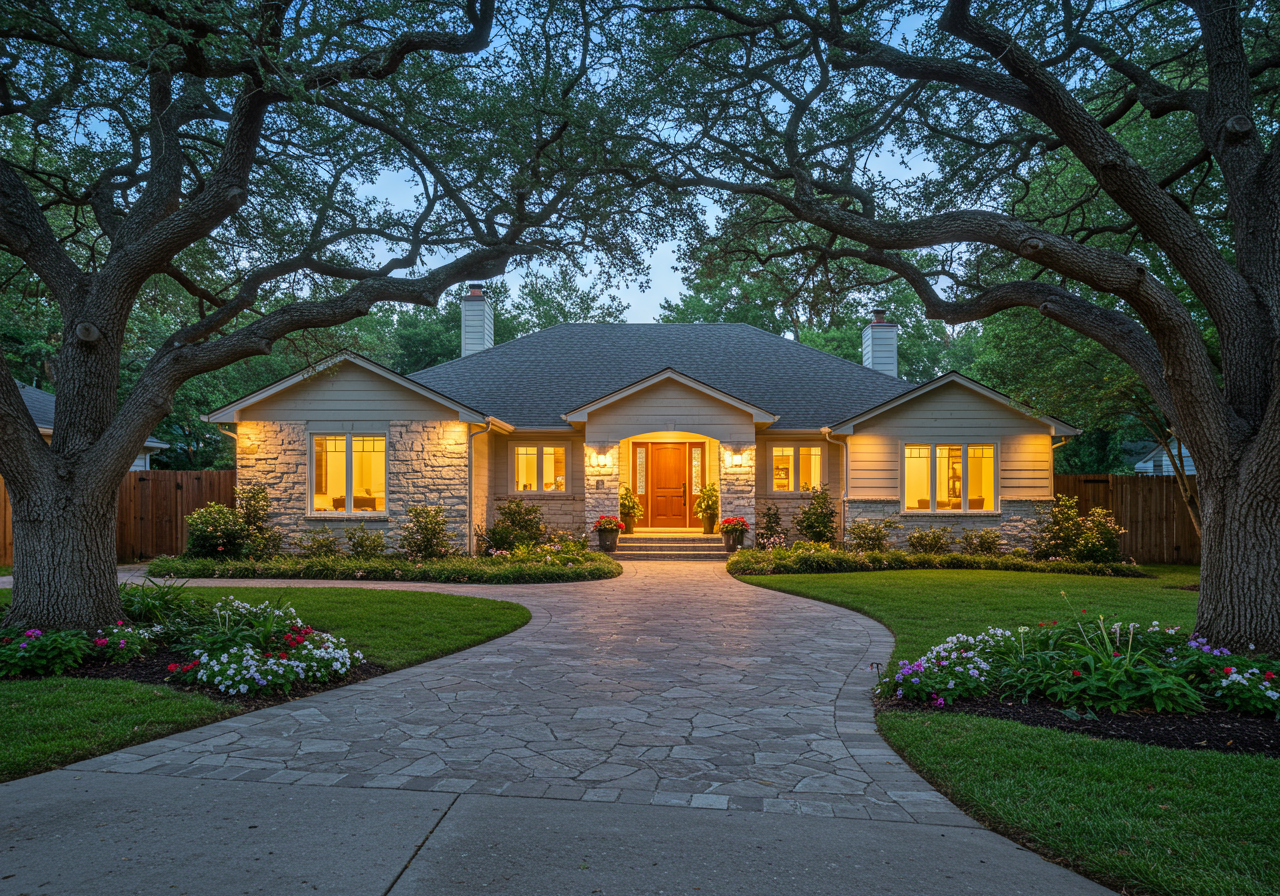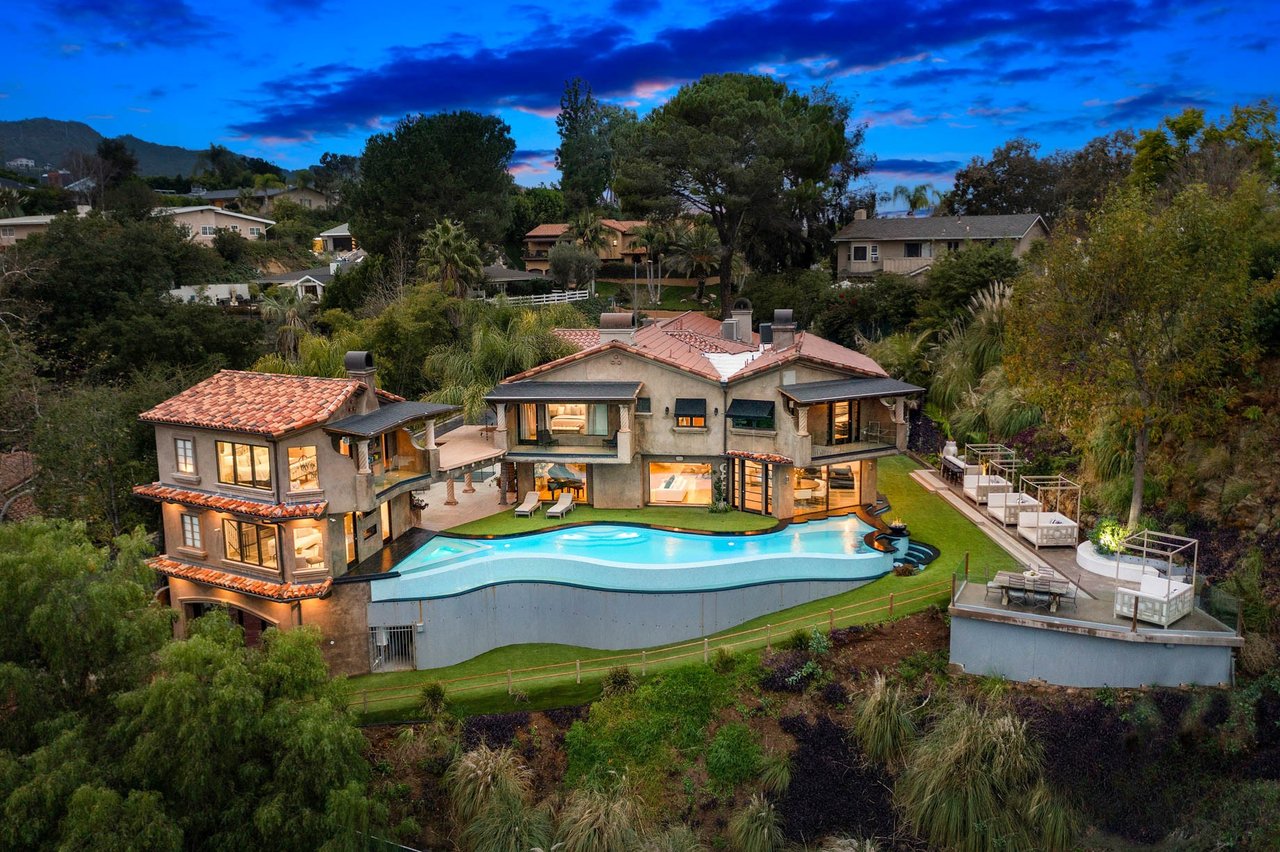LOS ANGELES ARCHITECTURE
BY SCG
Spanish
A popular style in Los Angeles and influenced from Spain’s rule within California. The architecture’s unique features include clay-tiled roofs, stucco walls, arched doorways, and wrought ironwork. Beyond the noticeable features, Spanish homes provide feelings of warmth and hospitality.
Mid-Century Modern
Originated after World War II, homeowners were craving a new modern style emphasizing simplicity and functionality. This style captured the indoor and outdoor elements with large glass windows, capturing natural light and warming the house throughout its open spaces. Incorporating both modern and old materials, showcased the home’s clean lines and geometric shapes.
Contemporary
The architecture style escapes traditional designs and embraces modern innovation. Contemporary homes tend to have large windows, open spaces, sustainable materials, and energy-efficient solutions. It’s an evolving style, which reflects the present moment.
Cape Cod
Influenced from New England’s early history, Cape Cord architecture is synonymous with coziness. These homes are compact and efficient, containing steep roofs, and symmetrical placed windows. Yet radiate charm with its simple rectangular design.
Colonial Revival
Originated in the late 19th century, the Colonial Revival was a tribute to the designs and cultural elements of early colonial America. Homes within this style often have brick or wood facades, gabled roofs, and symmetrical designs. Highlighted with columns and grand entrances, capturing the refined elegance of historical colonial homes.
Tudor
Does this home look like something you’ve seen out of a fairytale? Tudor architecture was influenced from England’s Tudor period, which began in the late medieval era. Characterized by their Steeply pitched roofs, large glass windows, half-timbering, and embellished doorways. They offer a romanticized vision of the past, recalling the historic medieval structures.
Ranch Style
Ranch style homes became popular post-World War II. First originated in 1920s, and mainly feature a single story with open floor plans that emphasize horizontal lines. Closely connect to the surrounding landscapes and extensive layouts, these homes embody a sense of functionality and comfort.
Traditional
Traditional architecture pulls from a rich tapestry of historical styles, which are about timeless appeal and comfort. This style of homes often incorporates elements from different eras. As a result, the designs feel both familiar and unique.
